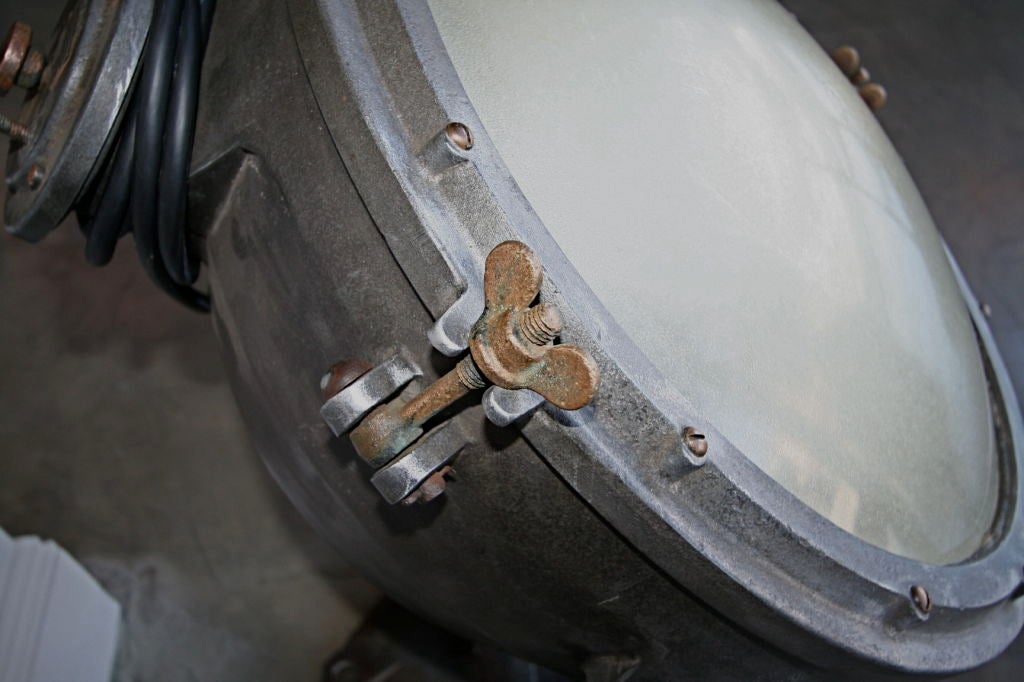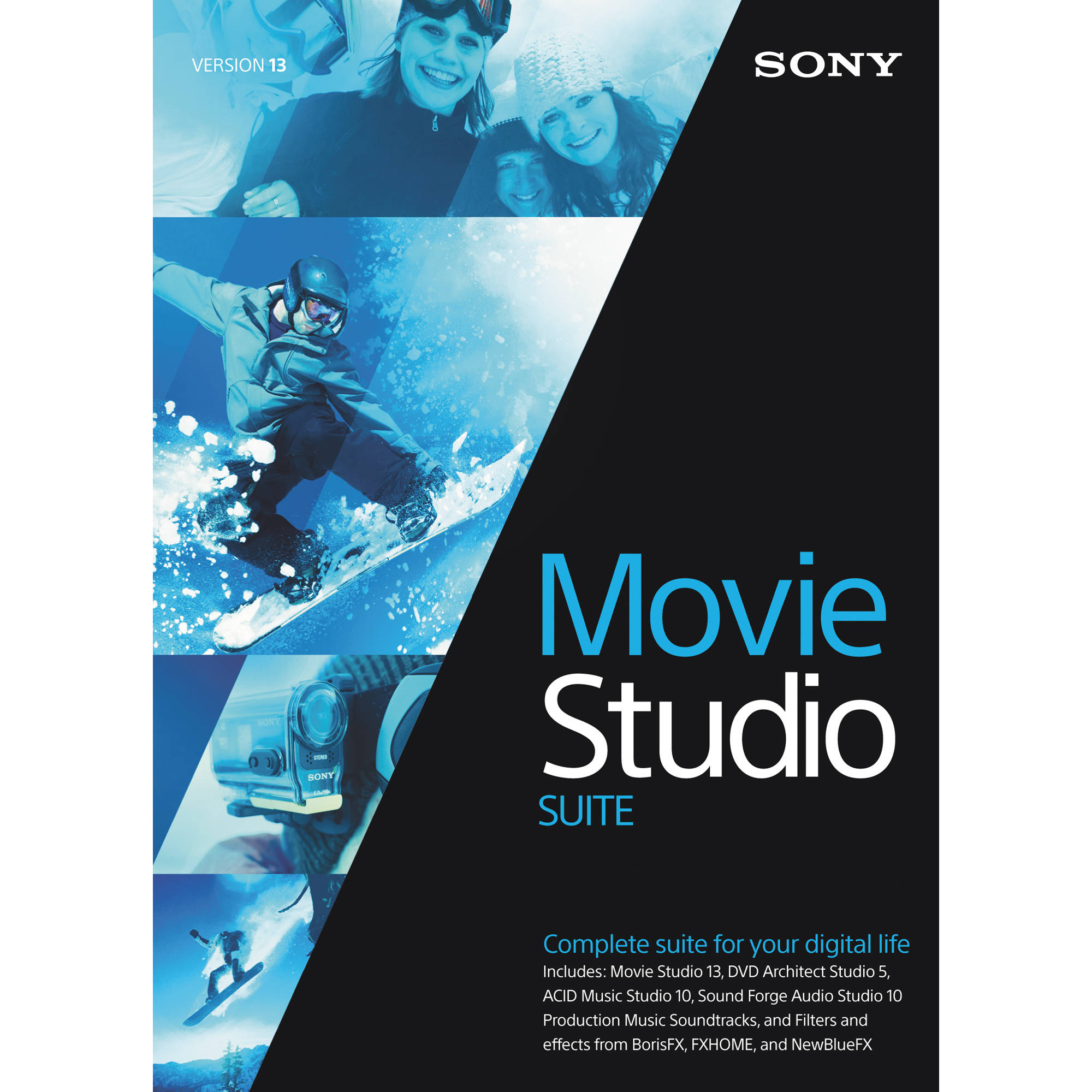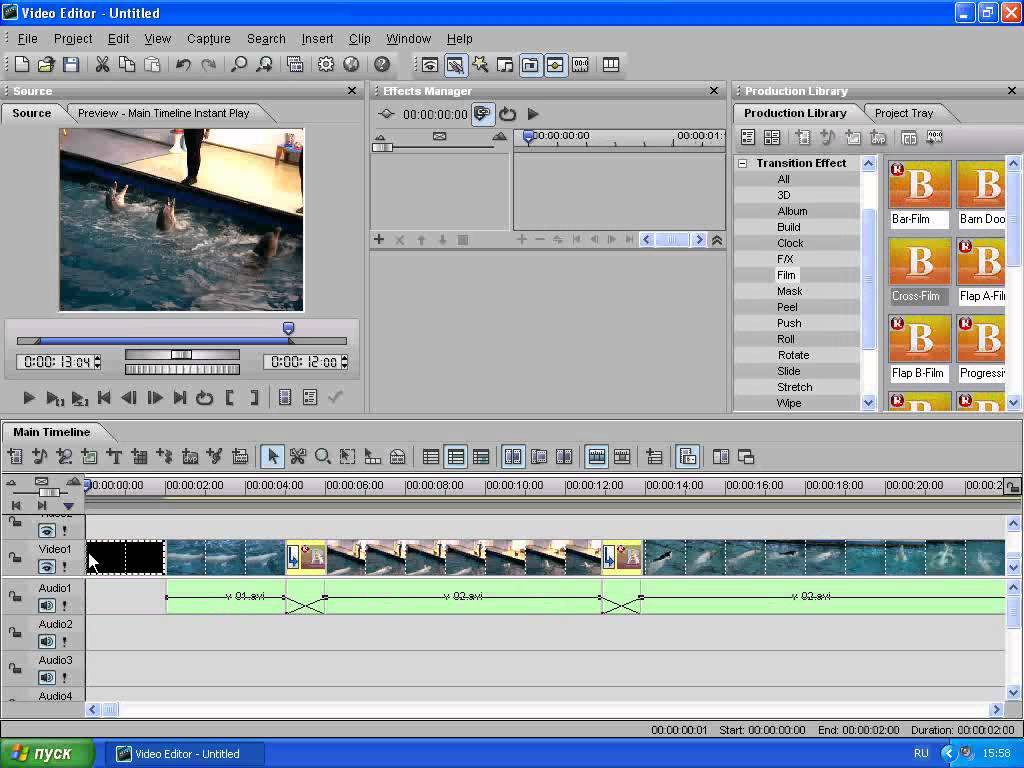In Hyderabad is the largest film studio in the world A film studio (also known as movie studio or simply studio) is a major entertainment company or motion picture company that has its own privately owned facility or facilities that are used to make, which is handled by the. The majority of firms in the entertainment industry have never owned their own studios, but have rented space from other companies. There are also studio facilities, who have never produced a motion picture of their own because they are not entertainment companies or motion picture companies; they are companies who sell only studio space. The largest film studio in the world is, in,. The near was the first large-scale film studio in the world and the forerunner to.
Download Now Secure Download. Publisher's Description. I used Photo Studio with my Canon 880 scanner and it works wonderfully. The photos are almost better then the original. I let my brother. Visual Paradigm for UML. Photostudio 2000 se free download sFR est ferm depuis le 21. Newsland For Microsoft Windows Mobile. View and Download ArcSoft SHOWBIZ user manual online. Les utilisateurs de ce service ont t prvenus par mail de cette fermeture. Le service de Pages Perso.
It still produces movies every year. In 1893, built the first movie studio in the United States when he constructed the, a tarpaper-covered structure near his laboratories in, and asked circus, vaudeville, and dramatic actors to perform for the camera. He distributed these at vaudeville theaters, penny arcades, wax museums, and fairgrounds.
The pioneering film studio was founded in in 1909 by American theatrical impresario. The company produced and released 1,086 films between 1910 and 1917, successfully distributing them around the world. The first ever, was released by the Thanhouser company in 1914. In the early 1900s, companies started moving to.

Although were by then widely available, none were yet powerful enough to adequately expose film; the best source of illumination for motion picture production was natural sunlight. Some movies were shot on the roofs of buildings in. Early movie producers also relocated to to escape Edison's, which controlled almost all the relevant to movie production at the time. The first movie studio in the area was, opened in 1911 by for. In the same year, another 15 settled in Hollywood. Other production companies eventually settled in the Los Angeles area in places such as, and what would soon become known as in the.
Photo Studio 2000 Se Download Filmywap
The 'majors'. For more details on this topic, see.
The Big 5 By the mid-1920s, the evolution of a handful of American production companies into wealthy motion picture industry conglomerates that owned their own studios, and, and contracted with performers and other filmmaking personnel, led to the sometimes confusing equation of 'studio' with 'production company' in industry slang. Five large companies, and came to be known as the 'Big Five,' the 'majors,' or 'the Studios' in trade publications such as, and their management structures and practices collectively came to be known as the '.' The Little 3 Although they owned few or no theaters to guarantee sales of their films, and also fell under these rubrics, making a total of eight generally recognized 'major studios'.
United Artists, although its controlling partners owned not one but two production studios during the Golden Age, had an often-tenuous hold on the title of 'major' and operated mainly as a backer and distributor of independently produced films. The minors Smaller studios operated simultaneously with 'the majors.'
These included operations such as, active from 1935, which produced films that occasionally matched the scale and ambition of the larger studio, and, which specialized in series and genre releases. Together with smaller outfits such as TKO and Grand National, the minor studios filled the demand for and are sometimes collectively referred to as. The independents The Big Five's ownership of movie theaters was eventually opposed by eight independent producers, including, and.
In 1948, the federal government won a in the, which ruled that the structure of the movie industry constituted an illegal. This decision, reached after twelve years of litigation, hastened the end of the studio system and Hollywood's 'Golden Age'. Typical major film studio components By the 1950s, the physical components of a typical major film studio had become standardized. Since then, a major film studio has usually been housed inside a compound with a high wall, which protects filmmaking operations from unwanted interference from and crazed of leading. Movement in and out of the studio is normally limited to specific (often capped with grand decorative arches), where visitors must stop at a and explain the purpose of their visit to a.

Studio premises generally feature multiple along with an outside, as well as for studio executives and production companies. There is normally a studio 'commissary', which is the traditional term in the film industry for what other industries call a company. Early was notoriously flammable, and sets were and are still very flammable, which is why film studios built in the early-to-mid 20th century have to facilitate. Film to television Halfway through the 1950s, with proving to be a lucrative enterprise not destined to disappear any time soon—as many in the film industry had once hoped—movie studios were increasingly being used to produce programming for the burgeoning medium.

Some midsize film companies, such as, eventually sold their studios to, which were eventually bought by larger studios, such as the which was purchased by in 1996. Today With the growing diversification of studios into such fields as, and, they have become multi-national corporations. As the studios increased in size they began to rely on production companies, like ', to handle many of the creative and physical production details of their feature films. Instead the studios transformed into financing and distribution entities for the films made by their affiliated production companies. With the decreasing cost of CG and, many studios sold large chunks of their once massive studio spaces or to private real-estate developers.
In was once part of the backlot, which was among the largest and most famous of the studio lots. In most cases portions of the were retained and are available for rental by various and productions. Some studios offer tours of their, while allows visitors to its adjacent theme park to take a tram tour of the where films such as and were once shot. Independent film and the studios In the 1980s and 90s, as the cost of professional 16mm film equipment decreased, along with the emergence of non-film innovations such as and cameras, many young filmmakers began to make films outside the 'studio system'. Filmmakers such as, and made films that pushed boundaries in ways the studios were then reluctant to do.
In response to these films, many distributed by 'mini-studios' like the 'majors' created their own in-house mini-studios meant to focus on edgier 'independent' content. Was created by and was created by for this purpose. Notable film studios.